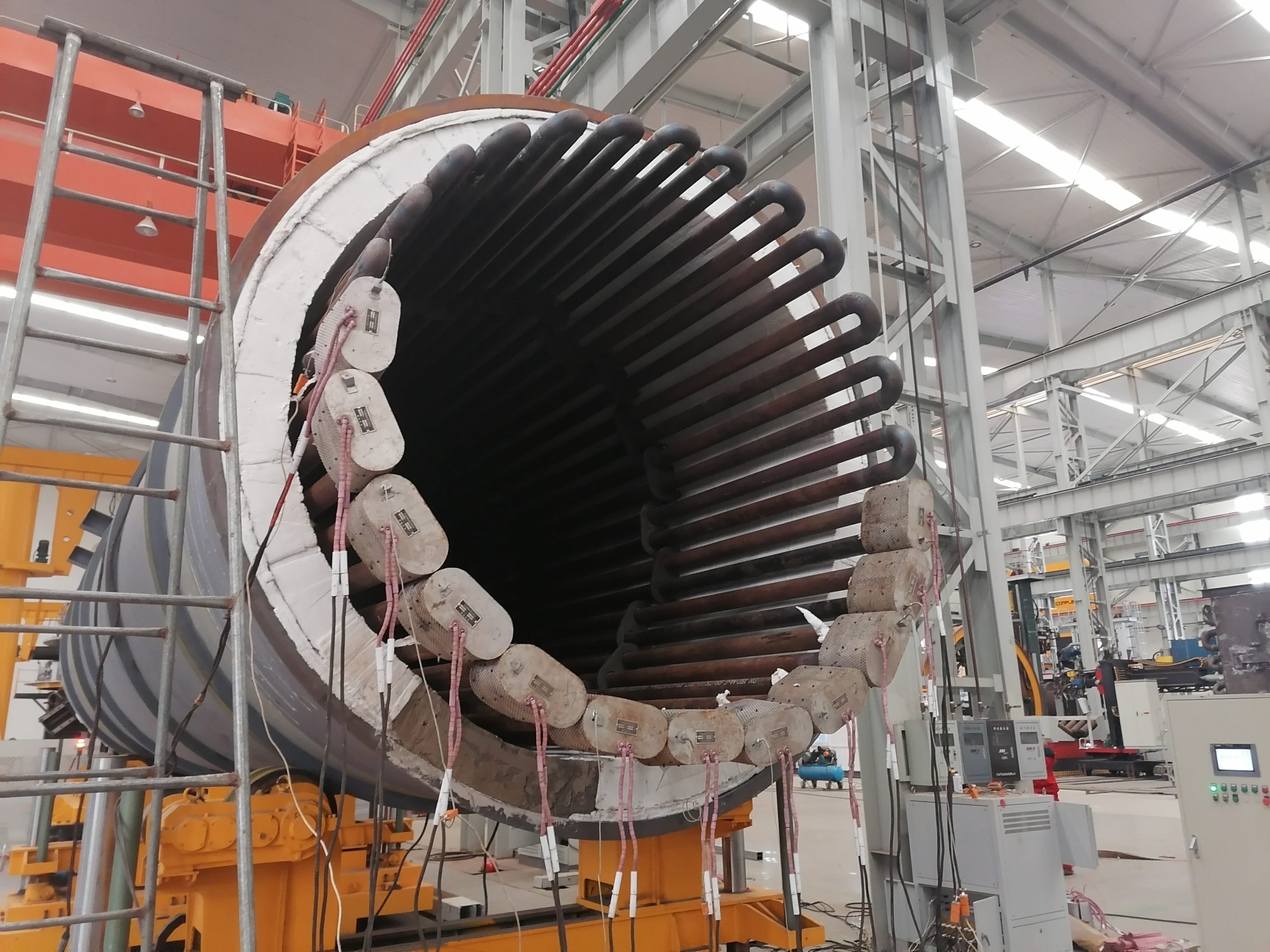
Before diving into the intricacies of steam generation and its application in the oil and gas industry, particularly in Cyclic Steam Stimulation (CSS) operations, let’s test your fundamental understanding of steam generation.
Test your Knowledge
At what temperature Fahrenheit does water reach the boiling point?
A. 200°
B. 212°
C. 232°
D. 275°
If you selected B. 212°, you are correct. This principle forms the cornerstone of the steam generation theory, which we will explore in the following sections.
Understanding the Steam Generation Theory
The process of steam generation begins with a simple experiment. Suppose you place an open pan of water on the stove and turn on the heat. The heat induces an increase in the water’s temperature, leading to an expansion in volume. As the temperature reaches the boiling point (212°F or 100°C at sea level), a phase transition occurs – the water starts to vaporize.
This phenomenon is key to understanding steam generation. If the temperature is sustained at the boiling point, the water continues to vaporize until no liquid remains. Notably, beyond the boiling point, no further increase in water’s temperature occurs, even if additional heat is supplied, provided that the system pressure remains constant.
This scenario changes slightly when you put a tightly fitting lid on the boiling pan. The lid traps the steam, resulting in a buildup of pressure within the container. If an opening is made in the lid, the steam escapes at the same rate it is generated. As long as water remains and the pressure is consistent, the temperature of the water and steam stays constant and equal.
Interestingly, the operation of a steam boiler mimics the simple closed boiling water container described above. The steam formed during boiling exerts pressure against the water and the sides of the vessel. This downward pressure necessitates a temperature in excess of 212°F for boiling, which is attained by increasing the heat supply.
Based on the above observations, we can extract two essential rules:
In a closed system at the boiling point, all of the water will eventually turn into steam. As long as the pressure is maintained constant, the temperature of the steam and boiling water remains the same. Increasing the pressure increases the boiling point temperature of water.
These principles can be validated using a practical formula: √P x 14 + 198 = T
Where: P = Steam Pressure T = Steam Temperature


